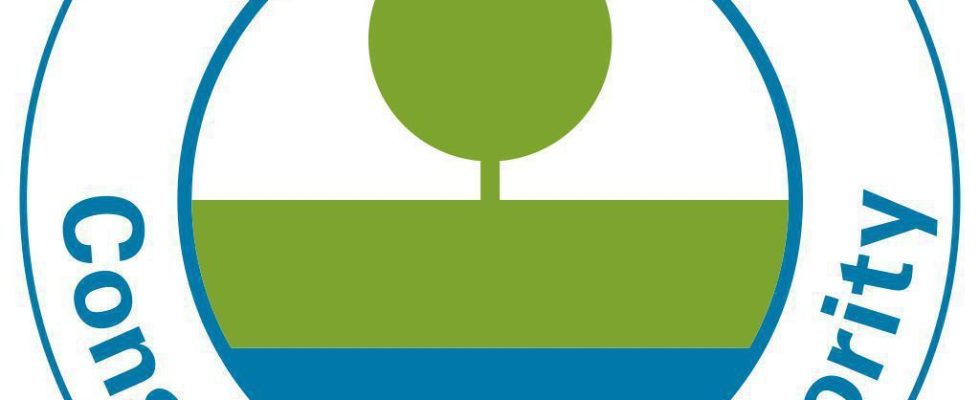The Grand River Conservation Authority has approved a 2023 budget of $35.4 million.
The money will be used on programs that protect life and minimize property damage from flooding and erosion, improve the health of the Grand River watershed, connect people to the environment through outdoor experiences, and manage land holdings responsibly and sustainably, said a news release issued by the GRCA.
The budget was approved at the end of February by the GRCA board, made up of 26 members appointed by municipalities in the Grand River watershed.
“This will be a transitional year, as the GRCA continues to adapt and implement the amendments to the Conservation Authorities Act that have occurred over the past several years,” said Chris White, board chair. “This budget continues to focus on responsible delivery of our programs and services and supports our strategic priorities and shared vision of a healthy watershed.”
Municipalities will contribute about $12.9 million in general levy to the GRCA in 2023, about 37 per cent of the total budget.
The municipal levy portion is increasing by 3.5 per cent or about 25 cents per watershed resident compared to 2022.
Other federal, provincial and municipal government grants totaling just over $3.2 million represent nine per cent of the budget.
This year, the GRCA expects to generate about 49 per cent of its own revenue through sources such as camping fees, conservation area admissions, nature center programs, hydro sales from dams, property rentals, tree sales, planning permits and donations raised by the GRCA Foundation. Five per cent of the budget will come from GRCA reserves.
Budget highlights include:
- Upgrading and maintenance of water monitoring and gauge equipment for water quality and flood forecasting and warning programs, as well as major maintenance and repairs to dams and dikes.
- Major maintenance at Conestogo Lake and Shade’s Mills conservation areas.
- Completing updates to the Grand River Source Protection Plan, including development of water quantity policies, updating water quality vulnerability assessments, and the development of the annual progress report.
